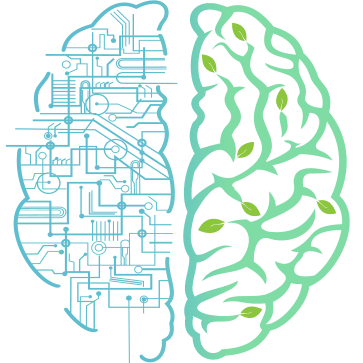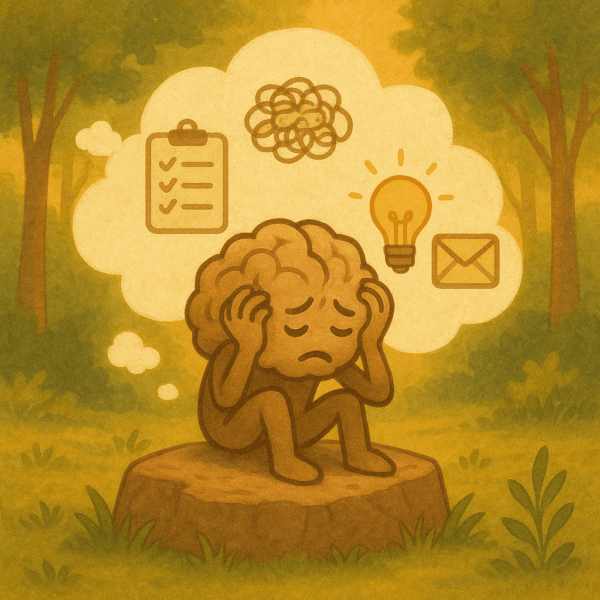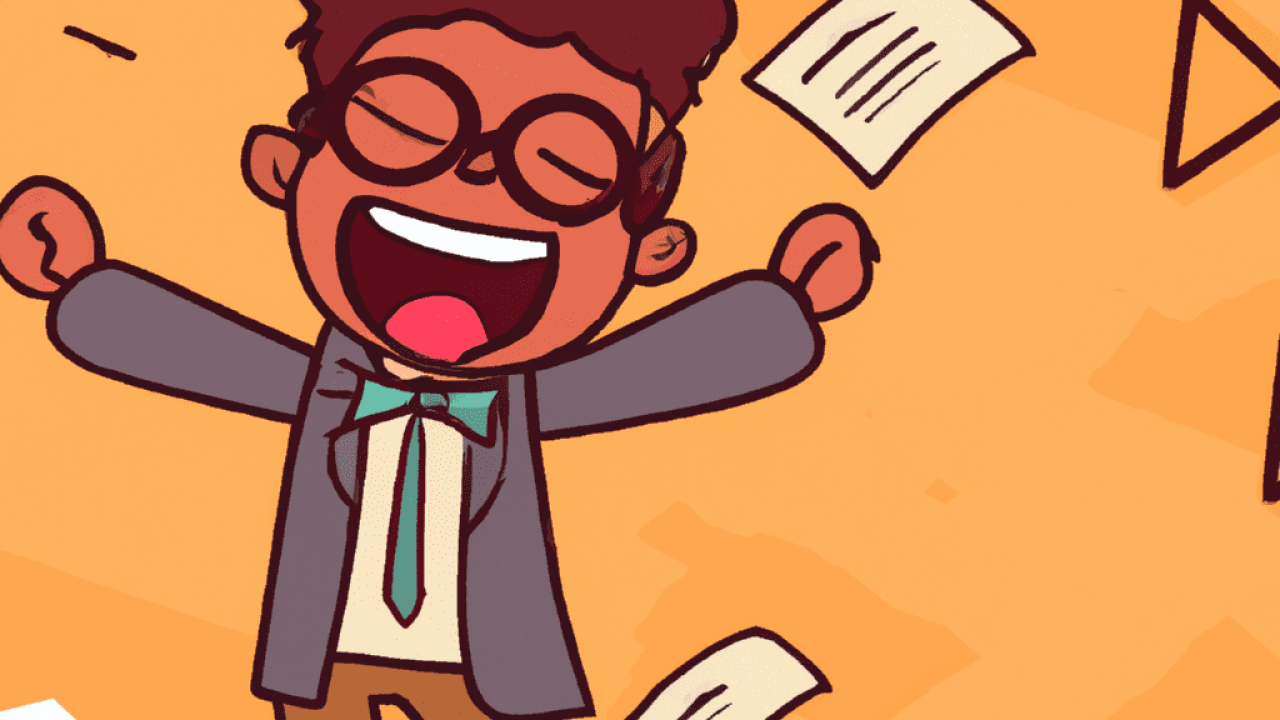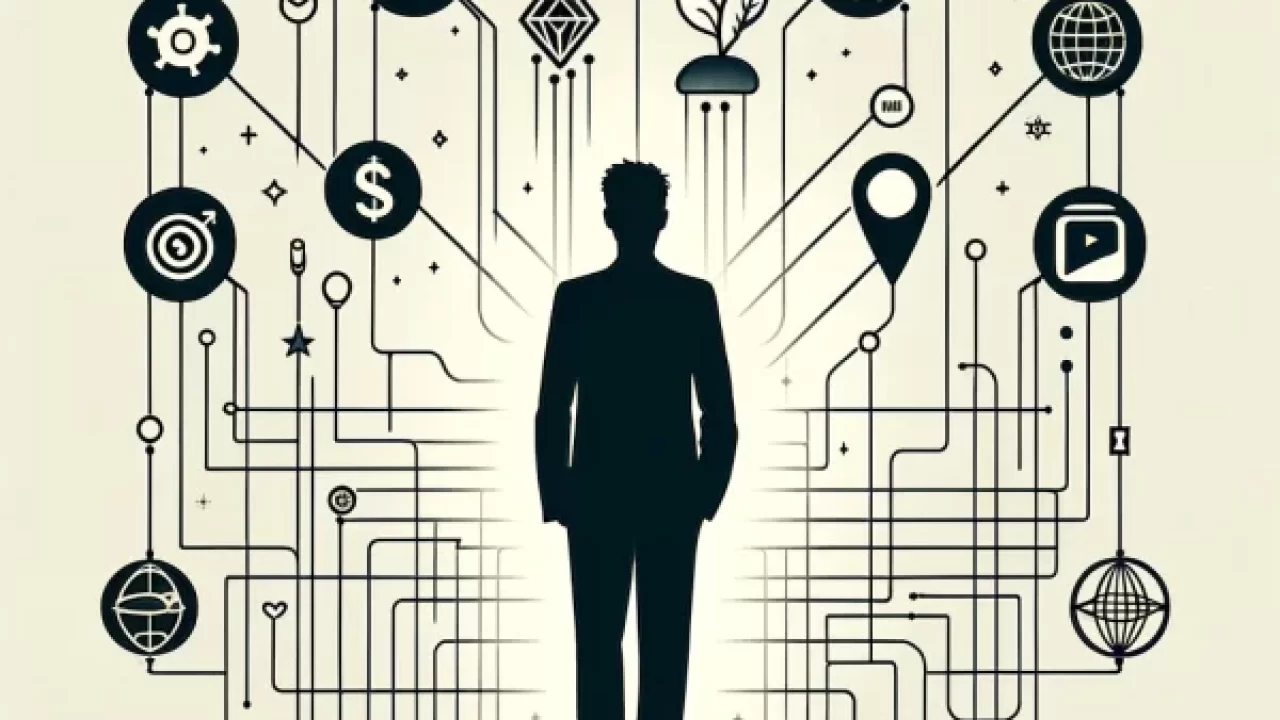A calm guide for creative minds, scattered focus, and beautiful ideas left unfinished
There’s a particular kind of procrastination that doesn’t come from laziness—it comes from having too many ideas.
You sit with your morning coffee, excited by the endless possibilities. A new business idea, a podcast concept, a habit you want to start. But by noon, your ideas have turned into a tangle. You open a blank doc, or your notes app, and feel the familiar weight of not knowing where to begin. So, you put it off.
It’s like standing at the edge of a forest with a dozen beautiful paths but no map. Every path looks promising, but stepping onto one means leaving the others behind—at least for now.
This is what overwhelm feels like when you’re ambitious, creative, and maybe even a little wired differently.
When the World Speeds Up, Minds Get Scattered
There’s a reason so many people today struggle to start, to follow through, to stay focused. It’s not just personal—it’s environmental. Constant pings, notifications, multitasking demands, and the pressure to always be improving create a perfect storm for attention fatigue.
Many of the challenges associated with ADHD—like executive dysfunction, impulsivity, or scattered focus—are being mirrored in daily life by those without a diagnosis. The result is a growing population of overwhelmed thinkers who crave order but resist rigidity, who dream big but stall small.
They often try to do too much at once and quickly become spread too thin—leaving dozens of unfinished projects and unmet goals in their wake. These are not signs of brokenness. They are signs of mental overload in a world that rarely slows down.
What If Planning Felt Like Self-Kindness Instead of Self-Control?
Planning is often framed as discipline, as if the only way forward is by tightening one’s grip on time.
But what if planning didn’t feel like a pressure point?
What if it felt like a gift to your future self?
The right tools aren’t there to turn people into machines. They exist to create room for clarity, to give shape to scattered energy, and to bring movement to ideas that have long lived only in the mind. Think of them not as restrictions, but as gentle supports—trellises for creative thought to climb and bloom.
And most importantly, the right tool gives you permission to take things one step at a time.
Different Minds, Different Delays
Everyone procrastinates, but not always for the same reason. Some are frozen by perfectionism, others distracted by excitement, and some simply can’t see where to begin.
Understanding the why behind procrastination can often illuminate the how for moving forward. If you’re wondering how to choose the right project planning tool based on your procrastination style, it starts by identifying which of these common types resonates most:
- The Overwhelmed Visionary
Full of ideas, but unsure which one to pursue first - The Perfectionist
Avoids starting unless the outcome can be flawless - The Time Optimist
Convinced that future time will solve today’s delay - The Easily Distracted Starter
Begins with energy, loses steam mid-way - The Big-Picture Dreamer
Inspired by the end goal, but stalled by the middle steps
Each type carries its own beautiful ambition—and its own unique challenge.
The Tools That Bring Ideas to Life
Here are five simple tools designed for minds that feel full but stuck:
- Mind Mapping Tools
(Miro, XMind)
Best for visual thinkers and brainstormers. These tools let thoughts spill out freely and help map out everything that’s tangled in your head. - Kanban Boards
(Trello, Notion, ClickUp)
Great for breaking work into visible steps—like “To Do,” “Doing,” and “Done.” Encourages momentum and completion. - Calendar & Timeline Tools
(Google Calendar, Notion Timeline)
Perfect for planning across time. Helps manage capacity and relieves the pressure of “everything now.” - Work Breakdown Structures (WBS)
(Lucidchart, MindMeister)
Designed to make large projects less intimidating by dividing them into stages and bite-sized tasks. - Time-Blocking Apps
(Sunsama, Motion)
Useful for creating boundaries around focus time. Gives each task its own moment in the day.
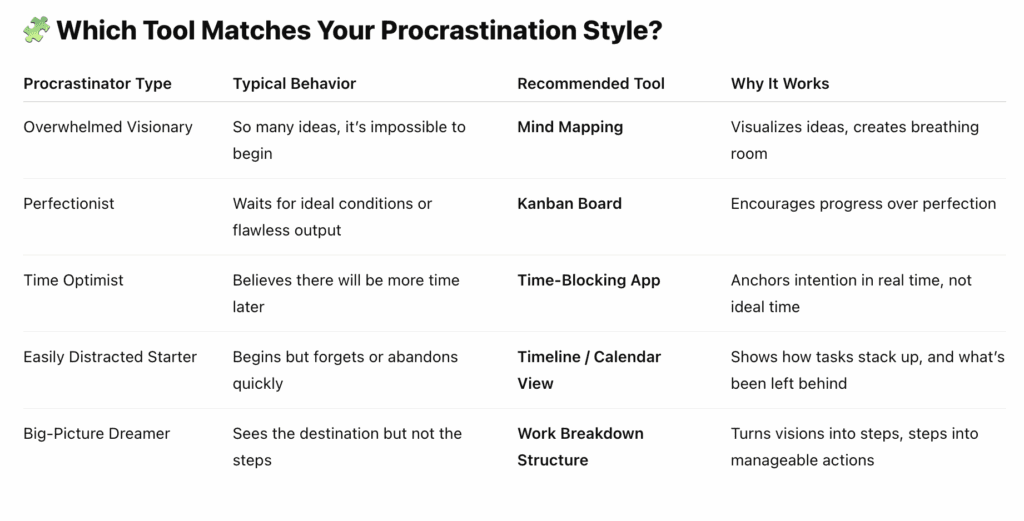

For anyone stuck in the planning loop, knowing how to choose the right project planning tool based on your procrastination style can create momentum—especially when the solution feels tailored, not forced.
The Beauty of Progress, Not Perfection
Planning is not about fitting life into boxes. It’s about giving intentions a place to live. Even one small action—one mapped-out idea, one 30-minute focus block, one completed task—can begin to shift the entire sense of self.
For creative, overwhelmed minds, the right system isn’t about doing more. It’s about doing what matters—slowly, gently, one step at a time.
Because when things finally move forward, the journey reveals itself. And even the smallest win can feel like the light at the end of the tunnel.

